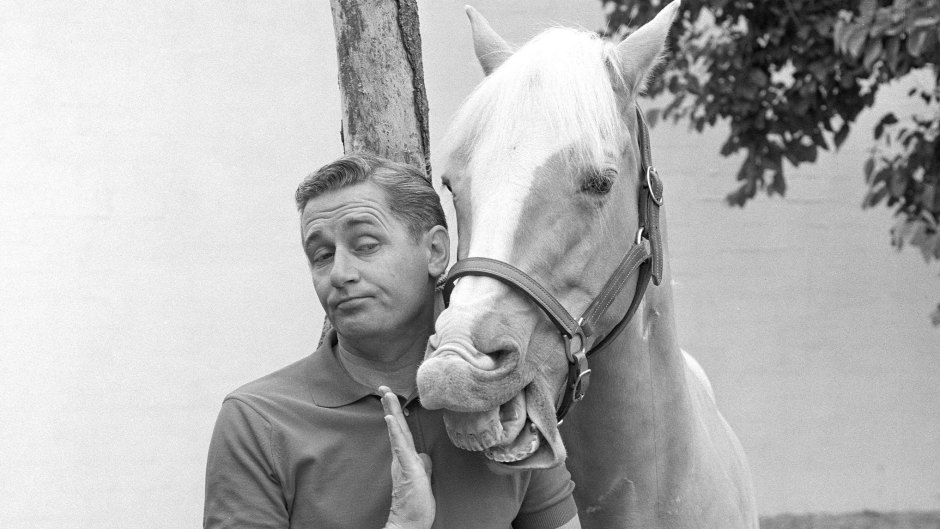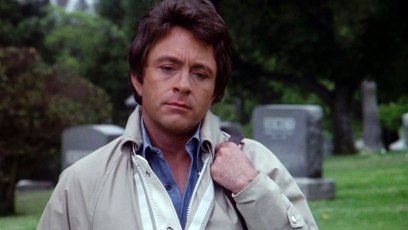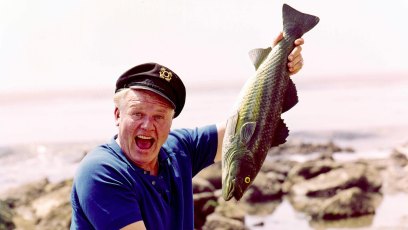
CBS Photo Archive/Getty Images
The World of ‘Mister Ed’ — What You Didn’t Know About the Talking Horse (Of Course)
A high-concept TV series was certainly nothing new in the 1960s. Think about it: we had seven stranded castaways (Gilligan’s Island), bumbling spies somehow managing to save the world despite themselves (Get Smart), starships exploring the final frontier or getting lost in it (Star Trek, Lost in Space), and witches marrying mortals (Bewitched), so why not a talking horse in the form of Mister Ed?
Here’s the concept: One day, out of the blue, a horse starts talking to his owner. Amazing, right? But if you’re that owner, how do you prove to other people that you’re not losing your mind when the horse refuses to speak to anyone else? That was part of the premise behind Mister Ed, the Classic TV series that ran from 1961-66, offering viewers 143 episodes in total that continued to explore that dynamic, the horse proving himself to be just as needy, petty and selfish as any human being could be — while at the same time having those moments where he reveals himself to be a true best friend. So how do you get five and a half years out of that idea?

The answer is that the show, as crazy as it sounds on the surface, was genuinely funny and done in such a way that it allowed the audience to buy into what the producers were selling. And there really was no guarantee of that happening when you consider that even though actor Alan Young was the show’s star as architect Wilbur Post, virtually everything was going to rise or fall on the performance of the horse. Yet they somehow managed to pull it off.
Ben Starr, who wrote 42 episodes of the show, in an interview with the Archive of American Television, explains that a main reason for the show’s success was the conclusion that he and producer Lou Derman came to. “We really knew how to do that show,” he says, “because we figured out how to make it work for kids and for grownups. You had to take care of the grownups, and that was our secret.”
Below, some surprising tidbits about the talking horse you never knew before, until now that is.
Please scroll down for more.
Listen on Spotify to the Closer Weekly Classic Film and TV Podcast as we celebrate Classic TV with behind the scenes coverage, celebrity interviews, news and much more!

YouTube

Getty Images

Universal Pictures

Getty Images

Getty Images

Getty Images

Getty Images

Getty Images

Getty Images

MGM

Getty Images

Moviestore/Shutterstock

Getty Images

Moviestore/Shutterstock

Getty Images

Getty Images

Getty Images

Getty Images

Getty Images










































